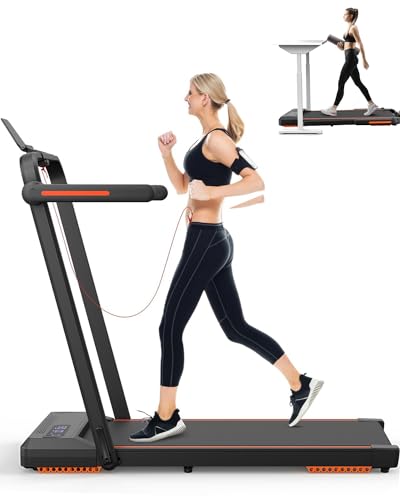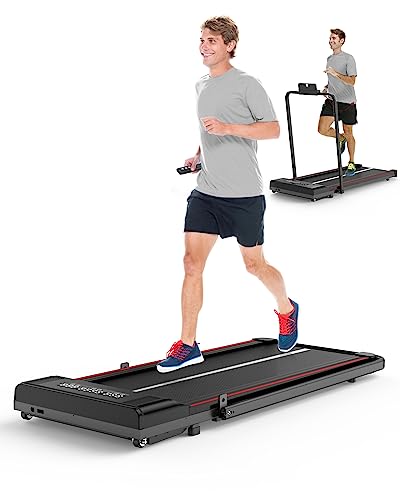The Reason Why Everyone Is Talking About Gym Treadmill Right Now
Treadmills: A Comprehensive Guide to Understanding Their Functionality, Benefits, and Appropriate Selection
Intro
Treadmills have actually become a staple in modern-day physical fitness routines, both in homes and fitness centers worldwide. They offer a practical and efficient way to preserve cardiovascular health, boost endurance, and help in weight management. This article explores the various kinds of treadmills, their benefits, functions to think about when buying, and some FAQs to direct users in making notified choices.

Types of Treadmills
When it concerns choosing a treadmill, it is vital to comprehend the various types readily available in the market. Here are the main classifications:
1. Handbook Treadmills
- Mechanism: These treadmills have a basic style and rely On sale treadmills the user's efforts to move the belt.
- Pros: More affordable, quieter operation, no electrical power needed.
- Cons: Limited functions, might not supply the exact same variety of exercise intensity.
2. Motorized Treadmills
- System: Powered by a motor that drives the belt, permitting users to walk or perform at a set pace.
- Pros: Greater range of speeds and inclines, geared up with various functions such as heart rate monitors and exercise programs.
- Cons: More costly and might need more upkeep.
3. Folding Treadmills
- Mechanism: Designed for those with restricted space, these treadmills can be folded for easy storage.
- Pros: Space-saving, typically motorized, versatile functions.
- Cons: May be less durable than non-folding models.
4. Business Treadmills
- Mechanism: High-quality machines designed for use in gyms and fitness centers.
- Pros: Built to stand up to heavy usage, advanced features, often include guarantees.
- Cons: Pricey and not ideal for home usage due to size.
5. Curved Treadmills
- Mechanism: A special style that enables users to propel the belt utilizing their own energy.
- Pros: Offers a more natural running experience, promotes much better running kind.
- Cons: More costly and can be noisier.
| Treadmill Type | Pros | Cons |
|---|
| Manual | Affordable, no electricity required | Restricted functions |
| Motorized | Range of speeds, advanced features | Upkeep needed |
| Folding | Space-saving, frequently motorized | May lack toughness |
| Business | Constructed to last, professional-grade functions | Expensive |
| Curved | Natural running experience, promotes great type | Higher cost |
Benefits of Using Treadmills
Treadmills provide numerous advantages that can contribute to one's total fitness and health goals. Some of these benefits consist of:
- Convenient Workouts: Treadmills permit users to exercise indoors no matter weather conditions.
- Cardiovascular Health: Regular usage can improve heart health by increasing endurance and promoting healthy circulation.
- Weight Management: Effective for burning calories, which helps in weight reduction and management.
- Customizable Workouts: Users can manage speed, slope, and duration to create individualized workout experiences.
- Security: Treadmills supply a predictable surface, lowering the threat of falls compared to outdoor running.
- Multifunctional: Many treadmills featured features like heart rate monitors, exercise programs, and even home entertainment systems.
Choosing the Right Treadmill
When choosing a treadmill, prospective buyers must think about numerous essential factors:
Features to Consider:
- Motor Power: Typically measured in horse power (HP), a motor strength of a minimum of 2.5 HP is suggested for severe runners.
- Belt Size: A longer and wider belt accommodates various stride lengths, providing comfort during workouts.
- Slope Settings: Adjustable slope functions imitate outdoor hill running and can increase exercise intensity.
- Weight Capacity: Ensure the treadmill can support the user's weight for security and longevity.
- Console Features: Look for user-friendly control panels, exercise programs, and Bluetooth compatibility for streaming music or other functions.
Budget plan Considerations
- Under ₤ 500: Entry-level manual treadmills suitable for casual walkers.
- ₤ 500 - ₤ 1,500: Mid-range motorized treadmills that use more features and much better toughness.
- ₤ 1,500 - ₤ 3,000: High-end models with innovative technology, bigger motors, and longer warranties.
- Over ₤ 3,000: Commercial-grade treadmills perfect for frequent usage in health clubs or training facilities.
Regularly Asked Questions (FAQs)
1. How often should I use a treadmill?
It is advised to use a treadmill a minimum of three to five times a week, incorporating various intensity levels for best outcomes.
2. Can I slim down by using a treadmill?
Yes, consistent use of a treadmill can contribute to weight reduction, particularly when combined with a well balanced diet plan and strength training.
3. What is the very best speed to stroll on a treadmill for newbies?
A speed of 3 to 4 miles per hour is an appropriate range for novices. It's essential to begin sluggish and gradually increase pace as convenience and endurance improve.
4. Do I require to use a treadmill if I currently run outdoors?
Using a treadmill can provide extra benefits, such as controlled environments and varied exercises (slope, intervals) that are not constantly possible outdoors.

5. How do I preserve my treadmill?
Regular upkeep includes lubricating the belt, cleaning the deck and console, and examining the motor for ideal efficiency.
Treadmills are necessary tools for those wanting to boost their physical fitness levels in a controlled and practical manner. With various types offered, comprehending their functions and benefits is important for making an informed purchase. By thinking about personal workout requirements, space availability, and budget restrictions, people can discover the most appropriate treadmill that fits their lifestyle. Integrating treadmill workouts into a well balanced physical fitness regimen can lead to improved health outcomes and a satisfying workout experience.



